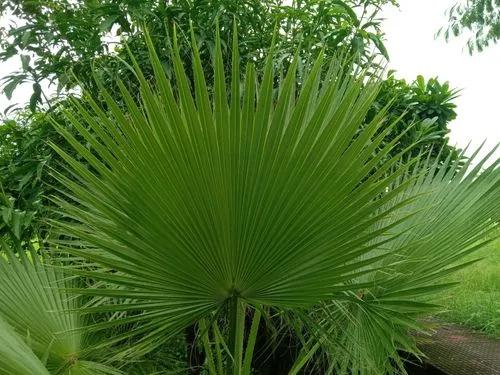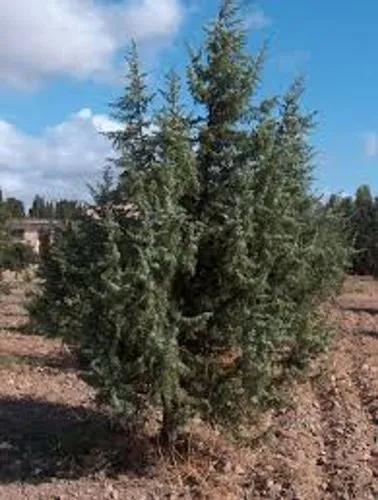Cycas thouarsii, the Madagascar cycad, is an evergreen arborescent cycad in the genus Cycas. It is named after a French botanist Louis-Marie Aubert du Petit-Thouars (1758—1831).
Madagascar Cycad Care
Cycas Thouarsii



The stem of this cycad resembles that of a palm, and grows 4–10 meters tall and up to 45 cm in diameter. The large photosynthetic leaves have spiral arrangement on the stem and are interspersed with many brown, hairy, triangular scale-like leaves. The photosynthetic leaves are pinnate, dark-green, somewhat glossy, and usually 150—300 centimeters long, with 60-120 leaflets per side. The leaflets are c. 17 cm long, lanceolate, with a slightly bent margin, and a midrib that is more prominent on the paler lower surface. The leaf-stalk is 40–50 cm long, and has two rows of spines along almost its whole length. The emerging leaves are hairy and show involute vernation; and the young leaves have a distinct bluish tint, which distinguishes it from its relatives C. rumphii and C. circinalis. The pollen cone is spindle-shaped, 30–60 cm high and 10–15 cm in diameter, and varies in color from orange to pale brown. The pollen cone scales have a sharp apical spine. The ovulate cones are composed of overlapping, yellow, hairy megasporophylls, each 29—32 centimeters long, with 5-13 marginal teeth per side, and bearing 4-10 ovules along their edges. The seeds are ovoid, 50—60 millimeters in size with an red-brown fleshy seed coat, and a spongy endocarp. This spongy endocarp is characteristic of this species, and allows the seeds to float.The Madagascar cycad is found on Madagascar and the nearby islands of Comoros, Mayotte and the Seychelles. It is also found along the coasts of Kenya, Mozambique, and Tanzania. According to de Laubenfels and Adema, the plant is also found in Sri Lanka, but this may be confusion with the closely related Cycas circinalis. The tree grows 200 meters above sea level, in light forests and their borders, or near coastal sites on sandy soil or coral formations.
How to Care for the Plant

Popularity

28 people already have this plant 4 people have added this plant to their wishlists
Discover more plants with the list below
Popular articles






